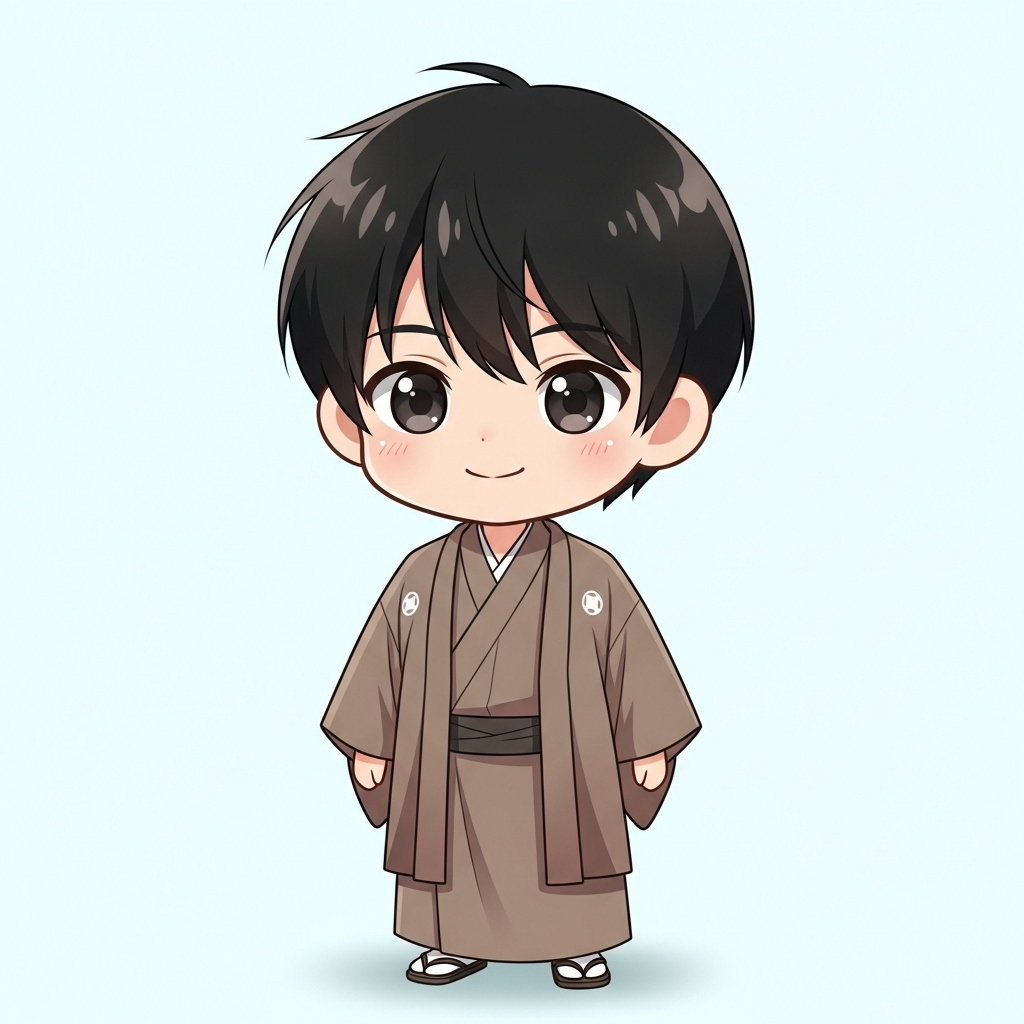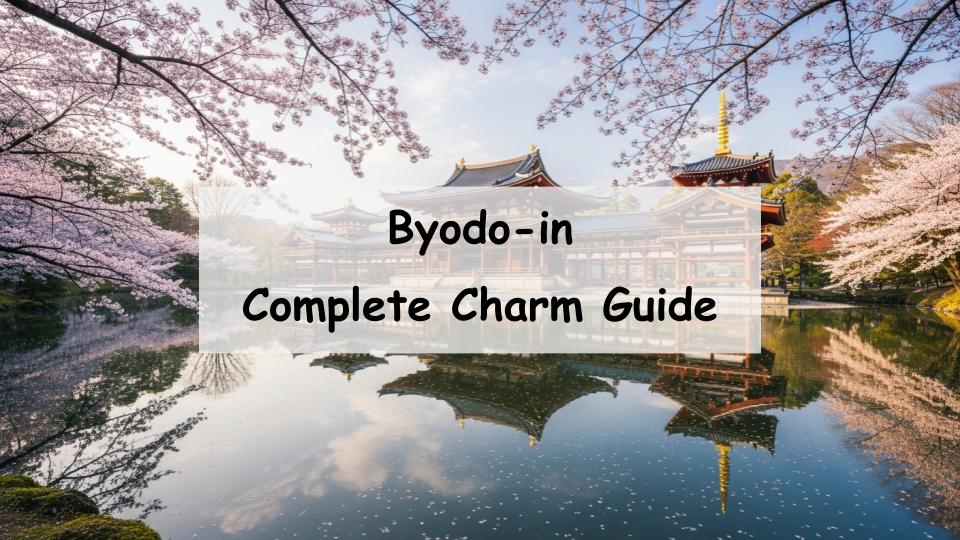“Byodo-in—what kind of place is it? It’s famous, but is it really worth visiting?” If you’ve ever asked yourself this question, you’re not alone. The short answer is yes—Byodo-in Temple is absolutely worth a visit. With its elegant architecture, rich history, and gardens that change beautifully with the seasons, it stands as one of Japan’s cultural treasures. In this article, we’ll guide you through its unique features, must-see highlights, and how to get there. By the end, you’ll likely find yourself wanting to plan a trip to this stunning temple in Uji, Kyoto.
- What is Byodo-in Temple? History and Background
- The Unique Appeal and Features of Byodo-in
- A Detailed Look at Byodo-in’s Must-See Spots
- How to Get to Byodo-in Temple
- Best Times to Visit and Crowd Information
- Nearby Food and Attractions Around Byodo-in
- Conclusion: Experience Japan’s Cultural Beauty at Byodo-in
- A Message from the Guide
What is Byodo-in Temple? History and Background
The Founding and Origins of Byodo-in
Byodo-in Temple is located in Uji City, Kyoto Prefecture, and was established in 1052 by Fujiwara no Yorimichi. Originally the villa of Minamoto no Toru, it was converted into a temple reflecting the Buddhist Pure Land philosophy, aiming to recreate the image of paradise on Earth. This spiritual vision shaped the unique layout and design of the temple grounds.
Connection to Fujiwara no Michinaga and Yorimichi
The temple’s history is closely tied to the influential Fujiwara clan. Fujiwara no Michinaga and his son Yorimichi were powerful figures in the Heian period. Yorimichi founded Byodo-in as a demonstration of faith and power. The elegance of its construction reflects the peak of Fujiwara-era culture and political might.
Why It Was Designated a UNESCO World Heritage Site
Byodo-in was registered as a UNESCO World Heritage Site in 1994 as part of the “Historic Monuments of Ancient Kyoto.” It was recognized for its exceptional architecture, its role in illustrating the Pure Land Buddhist worldview, and the preservation of numerous national treasures and cultural assets.
The Unique Appeal and Features of Byodo-in
The Architectural Beauty of the Phoenix Hall
Byodo-in’s most iconic structure is the Phoenix Hall (Hoo-do). This symmetrical hall appears to float above a reflective pond, representing the Buddhist paradise. A designated National Treasure, it showcases the refined elegance of Heian-period architecture with intricate carvings and sophisticated symmetry.
Seasonal Beauty of the Gardens
The temple grounds are equally captivating. Designed in the “Jodo” (Pure Land) garden style, the landscape transforms with each season—cherry blossoms in spring, lush greenery in summer, vivid foliage in autumn, and tranquil snow scenes in winter. The Phoenix Hall mirrored in the pond is a view of timeless serenity.
Highlights of the Byodo-in Museum Hoshokan
Exhibitions of National Treasures and Important Cultural Assets
The Hoshokan Museum displays a rich collection of artifacts related to Byodo-in. Among them are the 52 wooden statues of “Unchu Kuyo Bosatsu” (Bodhisattvas on clouds), which represent a heavenly orchestra. These National Treasures are carefully preserved and provide a glimpse into the spirituality of the time.
The Phoenix Statues and the Temple Bell
The phoenix statues atop the Phoenix Hall are instantly recognizable—they even appear on the Japanese 10,000 yen bill. Also notable is the temple’s bronze bell, counted among Japan’s “Three Great Bells.” Both are masterpieces of Heian-period metalwork and invaluable cultural properties.
A Detailed Look at Byodo-in’s Must-See Spots
Inside the Phoenix Hall
Inside the Phoenix Hall, you’ll find the seated statue of Amida Nyorai (Amitabha Buddha), another National Treasure. Special viewings offer a chance to observe the statue closely, along with mural paintings depicting the Pure Land paradise. The atmosphere exudes both sacredness and elegance.
Night Illuminations and Seasonal Events
On select occasions, Byodo-in is illuminated at night, offering a magical view of the Phoenix Hall reflected in the pond under moonlight. Seasonal events such as cultural heritage exhibitions and temple ceremonies add unique value to each visit, depending on the time of year.
Best Photography Spots and Tips
For photographers, the iconic frontal view of the Phoenix Hall across the pond is a must. Morning and late afternoon light offers ideal reflections and colors. Angled shots from the side also capture the architecture’s depth. For the best experience, visit early in the day or just before closing to avoid crowds.
How to Get to Byodo-in Temple
Directions from the Nearest Train Stations
Byodo-in is a short 10-minute walk from either JR Uji Station (JR Nara Line) or Keihan Uji Station. Both stations are accessible from Kyoto Station with one transfer, making it convenient for travelers.
Access by Car or Bus
Traveling by car is possible, but parking may be limited, especially during peak seasons. Public transportation is generally more convenient. Buses to Uji are available from Kyoto Station and other nearby hubs.
Visiting Nearby Attractions
While in Uji, consider visiting other attractions such as Ujigami Shrine and the Tale of Genji Museum. The area is rich in culture and history, making it ideal for a full day of exploration. Enjoy some local sweets and tea along the way for a well-rounded experience.
Best Times to Visit and Crowd Information
Cherry Blossoms in Spring and Autumn Leaves
Spring and autumn are the most beautiful times to visit Byodo-in. The reflection of cherry blossoms or fall foliage in the pond creates unforgettable scenes. These seasons are also the busiest, so planning ahead is recommended.
Weekday vs. Weekend Crowds
Weekends and holidays can be crowded due to high tourist traffic. For a more relaxed experience, visit on a weekday morning. Arriving early helps avoid tour groups and allows for a quieter appreciation of the site.
Recommended Visiting Hours
The best times to visit are early morning when the temple opens or late in the afternoon. Soft light enhances the scenic beauty and reduces the number of people in your photos. Seasonal events may also influence the optimal visiting time.
Nearby Food and Attractions Around Byodo-in
Matcha Sweets from Uji
Uji is famous for its matcha (green tea), and many shops around Byodo-in offer delicious matcha-flavored treats. From traditional sweets to ice cream and pastries, it’s a paradise for tea lovers.
Exploring the Temple Approach
The path leading to Byodo-in is lined with souvenir shops and tea houses, offering a vibrant yet traditional shopping experience. Handcrafted goods and exclusive local items make great mementos of your visit.
Riverside Walks Along the Uji River
Just beside the temple flows the scenic Uji River. Walking along its banks offers a peaceful retreat from sightseeing, with beautiful views and a gentle breeze that adds to the charm of the area.
Conclusion: Experience Japan’s Cultural Beauty at Byodo-in
Recap of Byodo-in’s Unique Appeal
Byodo-in Temple is a remarkable blend of history, art, and natural beauty. From the majestic Phoenix Hall to its tranquil gardens and exquisite museum artifacts, every part of the temple tells a story of Japan’s spiritual and cultural heritage.
Tips for First-Time Visitors
If it’s your first time visiting Byodo-in, be sure to check opening hours and special events in advance. Arriving early can help you avoid crowds and enjoy the serenity of the temple grounds. Take your time, savor the scenery, and let the atmosphere guide you through a journey of timeless elegance.
A Message from the Guide

I couldn’t help but imagine that this might be what the Pure Land (Gokuraku Jodo) looks like.








Comment